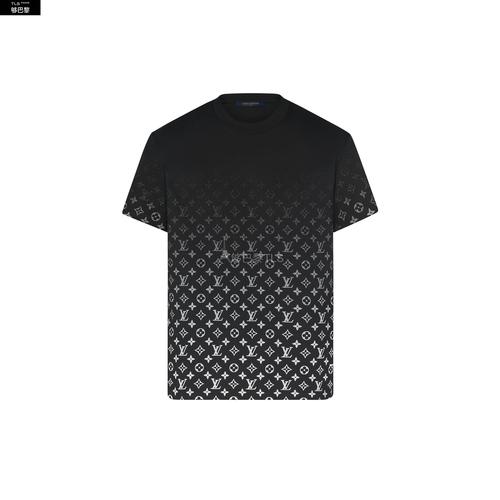Mercerized cotton is a cosmetic product made from a specific raw material through a series of production processes. The following is a detailed explanation of the raw materials and production process of mercerized cotton:
Raw materials:
The main raw material of mercerized cotton is cellulose material. Commonly used cellulose sources include natural fibers (such as wood pulp fibers, cotton fibers) and synthetic fibers (such as man-made fibers, polyester fibers, etc.). In addition, other auxiliary materials (such as preservatives, softeners, etc.) may be added during the production process of mercerized cotton to improve the performance of mercerized cotton.
Production process:
1. Raw material preparation: According to the selected cellulose source, prepare and process the corresponding raw materials. Natural fiber raw materials need to go through steps such as soaking, crushing and bleaching, while synthetic fibers need to go through processes such as dissolving and spinning.
2. Mixing formula: According to product requirements and performance requirements, mix the prepared cellulose raw materials and auxiliary materials in a certain proportion. The purpose of the blended formula is to ensure that the final mercerized cotton has the ideal properties of softness, absorbency and strength.
3. Textile process: The mixed and formulated materials are fed into textile machines or non-woven equipment. Textile machines process cellulose materials into a filamentous state. For synthetic fibers, melt spinning technology is usually used; while for natural fibers, wet spinning or air spinning technology is commonly used.
4. Forming and solidification: After the spinning process, the obtained cellulose filaments are sent to the forming equipment. These equipment usually use wet molding, that is, cellulose filaments are arranged on the molding mold and pressurized and heated to combine with each other to form uniform pieces of cotton.
5. Subsequent processing: The formed mercerized cotton undergoes a series of subsequent processing processes. These include steps such as bleaching, softening, cleaning and drying to enhance the softness, cleanliness and texture of mercerized cotton.
6. Inspection and packaging: The completed mercerized cotton will undergo strict quality inspection, including tests on appearance quality, size, water absorption, etc. Qualified products will be packaged and marked with relevant information, such as place of origin, production date and batch number. In addition, hygiene must be paid attention to during the packaging process to ensure the sterility of the product.
The above is the main production process of mercerized cotton. High-quality mercerized cotton products can be produced through meticulous raw material preparation, mixing formula, spinning and subsequent processing processes. During the production process, each link needs to be strictly controlled to ensure that the safety, quality and performance of the product comply with relevant standards and requirements.




